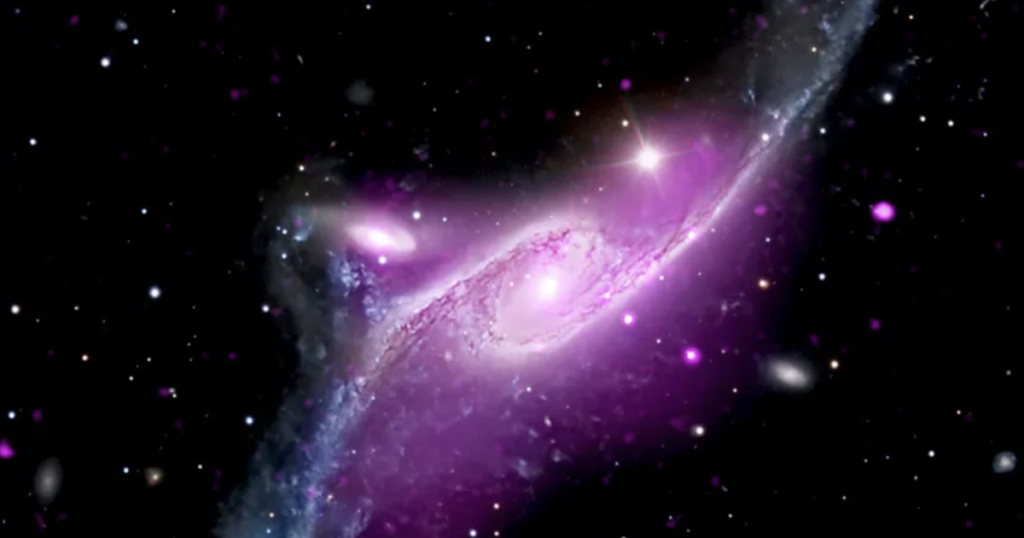NASA is celebrating its 25th anniversary Chandra X-ray Observatory It launches with the release of never-before-seen photos of the largest known spiral galaxy in the universe.
The Chandra X-ray Observatory Released on July 23, 1999Since then, the observatory has been scouring the cosmos for X-ray emission from things like exploded stars and clusters of galaxies, according to NASA. Returning Data At the Chandra X-ray Center at the Smithsonian Astrophysical Observatory at Harvard University.
Since launch, the observatory has taken images of the aftermath of an exploding star and photographed the supermassive black hole at the center of the Milky Way galaxy, helping scientists learn more about dark matter, dark energy, and black holes.
NASA/CXC/SAO
“For a quarter century, Chandra has made one amazing discovery after another,” said Pat Slane, director of the Chandra X-ray Center. News release issued by NASA“Astronomers have used Chandra to explore mysteries that were unknown when the telescope was built, including exoplanets and dark energy.”
Since its launch, the observatory has captured thousands of images of the spiral galaxy known as NGC 6872. Located in the cosmic constellation Peacock, the galaxy has a diameter of more than 522,000 light-years and is more than five times the size of our Milky Way galaxy. According to NASA:.
The 25 images released by NASA show spectacular swirls of red, blue and purple. Solar system objects captured in the photos include supernova remnants such as the Crab Nebula and Cassiopeia A, known for their impressive appearance and size. The observatory has also photographed Jupiter.
NASA/SAO/CXC
“On behalf of the STS-93 crew, we are incredibly proud of the Chandra X-ray Observatory and the outstanding team that built and launched this astronomy gem,” Eileen Collins, commander of Space Shuttle Columbia, which launched Chandra into space in 1999, said in a NASA news release. “Chandra’s discoveries have continued to amaze and thrill us for the past 25 years.”


